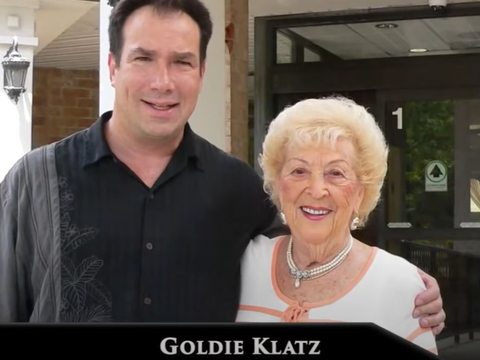10955
0
Posted on Mar 08, 2018, 7 p.m.
Biomedical engineers ares stepping up to the plate once again, this time with the development of a miniature self sealing system for studying clotting and bleeding wounds, with the potential to be used as a device as a drug discovery platform and diagnostic tool, as published in Nature Communications.
The process of blood clotting involves the damaged blood vessels, platelets, clotting proteins forming a net like mesh, and the blood flow itself. Studying blood clotting using current methods require each of these components to be isolated, which created issues with seeing the big picture of what is happening with a patient’s clotting system.
In the movie that goes along with the study findings, most of the blood cells appear as gray in colour, erythrocytes are round gray donuts, platelets are smaller specks, and the stained cells are actually white blood cells. A green extracellular glue like substance can be seen near the top of the wound which is fibrin that will hold the clot together. Hemophilia A blood formed abnormal clots and displayed extended bleeding time before clotting.
This is the first system to reproduce all the entire aspects of blood vessel injury as seen in the microvasculature, which is blood loss due to trauma, formation of clot by whole blood, and the repair of the blood vessel lining, however it does not include smooth muscle and doesn’t reproduce aspects of larger blood vessels. Previous models only simulated formation of clots. It consists of a layer of human endothelial cells cultured on top of a pneumatic valve. Activating a pneumatic valve creates the wound, opening a “trap door” through which human blood flows, and is about 130 micrometers across. The process takes about 8 minutes for the blood to flow into the wound and it to stop, without endothelial cells the blood flow doesn’t stop. The system responds well to manipulation by drugs and also responds well to other alterations that may reproduce clotting disorders.
Materials provided by Emory Health Sciences.
Note: Content may be edited for style and length.
Journal Reference:
Yumiko Sakurai, Elaissa T. Hardy, Byungwook Ahn, Reginald Tran, Meredith E. Fay, Jordan C. Ciciliano, Robert G. Mannino, David R. Myers, Yongzhi Qiu, Marcus A. Carden, W. Hunter Baldwin, Shannon L. Meeks, Gary E. Gilbert, Shawn M. Jobe, Wilbur A. Lam. A microengineered vascularized bleeding model that integrates the principal components of hemostasis. Nature Communications, 2018; 9 (1) DOI: 10.1038/s41467-018-02990-x









